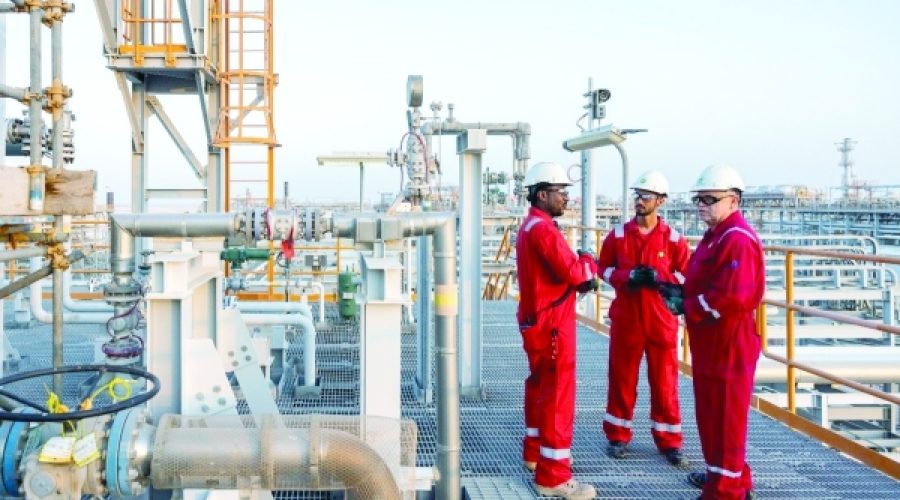Oman to Unlock 2 TCF of Additional Gas from Block 61: What This Means for Energy Investors and Businesses in Oman
MUSCAT, AUG 13 — Block 61, one of Oman’s largest gas fields and currently responsible for approximately one-third of the nation’s total gas output, is the focus of a new initiative aimed at discovering additional gas reserves to support future demand growth. This was announced by OQ Exploration & Production (OQEP), a significant stakeholder holding a 30% non-operating interest in the block.
The block is operated by energy giant BP, which holds a 40% equity stake. Presently, Block 61 produces an average of 1.5 billion cubic feet per day (bcf/d) of gas along with around 60,000 barrels per day (bpd) of condensate.
OQEP, the upstream division of the OQ Group, revealed plans to further develop this key asset. In collaboration with BP, OQEP has updated the asset development plan, projecting the recovery of up to 2 trillion cubic feet (TCF) of additional gas resources to meet future growth demands, according to the company’s Directors’ Report for the six months ending June 30, 2025.
These additional gas volumes, intended to be unlocked through the revised Field Development Plan (FDP), are under consideration for Oman’s proposed fourth LNG train project, which is planned to have a capacity of 3.8 million tonnes per year.
The updated FDP, which targets reserves beyond current 2P estimates, is expected to gain government approval by late 2025 or early 2026. Final investment decisions (FIDs) for both the FDP and the new LNG train are slated for 2026, with OQEP joining BP and other partners in monetizing these new gas resources through LNG exports. Other partners in Block 61 include Thai energy company PTTEP with a 20% stake and Malaysian state-owned Petronas holding 10%.
In addition to Block 61 developments, OQEP expanded its upstream portfolio during the first half of 2025, while advancing existing assets. Notably, OQEP and its partners in Block 53—which includes the prolific Mukhaizna heavy oil field—secured an amendment to their Exploration and Production Sharing Agreement (EPSA). This amendment extends the agreement by 15 years, until 2050, with improved fiscal terms, enabling the potential production of up to an additional 800 million gross barrels of oil.
In June, OQEP and its Block 47 partner, ENI Oman BV, reached an agreement with the Ministry of Energy and Minerals to extend Phase 1 of Block 47 by six months from March 24, 2025, facilitating the drilling of an exploration well.
Furthermore, OQEP, in collaboration with financial advisor Scotiabank, assisted the Ministry in marketing Blocks 18, 36, 43A, and 66 to attract investment into Oman’s exploration and production sector. These blocks are part of a larger initiative by the Ministry to promote 15 blocks over 2025 and 2026, with OQEP’s continued support.
Additionally, OQEP and the Turkish Petroleum Corporation (TPAO) signed a Cooperation Agreement to explore new opportunities. This was followed by an exclusive agreement with the Ministry to assess and evaluate selected blocks.
Special Analysis by Omanet | Navigate Oman’s Market
The renewed focus on Block 61 to unlock up to 2 trillion cubic feet of additional gas resources, coupled with plans for a fourth LNG train, positions Oman to significantly boost its gas exports and energy sector growth. For businesses and investors, this signals opportunities in energy infrastructure, export-oriented ventures, and service industries tied to LNG development, while also underscoring the importance of staying aligned with evolving government policies and partnerships. Smart entrepreneurs should consider strategic involvement in upstream exploration, midstream logistics, and value-added services as Oman leverages its expanding hydrocarbon potential.



